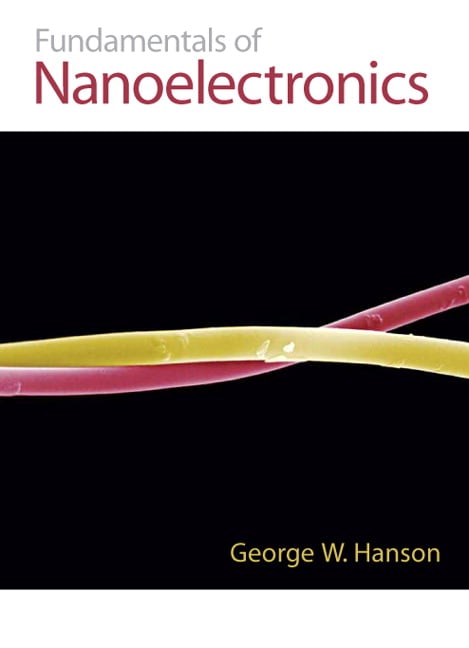Fundamentals Of Nanoelectronics Hanson Free

Fundamentals of Nanoelectronics by George W. Hanson, 084, available at Book Depository with free delivery worldwide.
Fundamentals of Nanoelectronics (EDN 1) by George W. Hanson and a great selection of similar Used, New and Collectible Books available now at AbeBooks.com. Reference books (1) George W. Hanson, “Fundamentals of nanoelectronics”, Pearson/Prentice, 2008 (for nanoelectronics); (2). ECE440 Nanoelectronics Syllabus. Introduction to Nanoelectronics. Preface to the OpenCourseWare publication. About eight years ago, when I was just starting at MIT, I had the opportunity to attend a workshop on nanoscale devices and molecular electronics. In particular, I remember a presentation by Supriyo Datta from Purdue. He was describing.

• Three-part organization: – Part 1, Fundamentals of Nanoscopic Physics, describes the physical principles needed to understand nanoelectronic devices. – Part 2, Single- and Few-Electron Phenomena, describes nanoelectronic devices that have single-electron precision. – Part 3, Many Electron Phenomena, considers nanosolids, such as semiconductor quantum dots and nanoscopic wires. • Many experimental results from the literature support the physical concepts described in the text.
This gives students the ability to see that the described concepts are real and have important applications to practical technologies. • A considerable number of end-of-chapter problems enable students to practice problem-solving. Table of Contents PREFACE xi ACKNOWLEDGMENTS xiii PHOTO CREDITS xv PART I FUNDAMENTALS OF NANOSCOPIC PHYSICS 1 1 INTRODUCTION TO NANOELECTRONICS 3 1.1 The “Top-Down” Approach 61.1.1 Lithography, 8 1.2 The “Bottom-Up” Approach 12 1.3 Why Nanoelectronics?
• Abstract In Chap. 9 (also see Fig. 9. Download Formation Beyonce here. 1), we saw that the sizes of the electronic devices like transistors are shrinking accompanied by the increase of their density per unit area.
With increased device density, in general, the cost of the product not only goes down but the device performance also improves. The performance is limited by the increased heat generation which in turn would restrict the size of the device that should be made. Further, as we go on reducing the size the physics of low dimensional materials does not remain the same as for the bulk according to the discussions in the previous chapters. In fact this gives rise to new nanodevices which would be discussed in this chapter just to understand the basic principle behind their peculiar behaviour which is not seen in the microdevices. Although very interesting, we shall not discuss the nanodevices in which carbon nanotubes or graphene are being used to obtain more efficient devices. Here we are restricting only to certain phenomena rather than special nanomaterials in the devices.